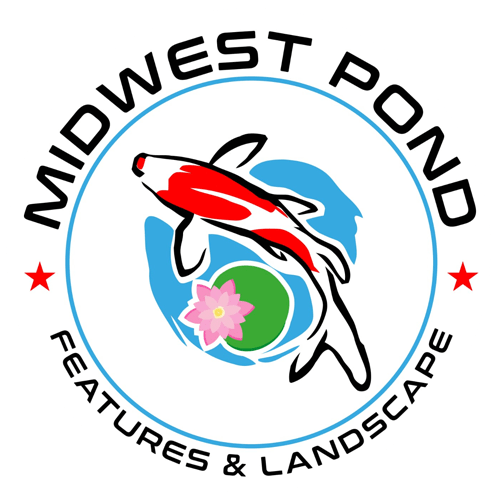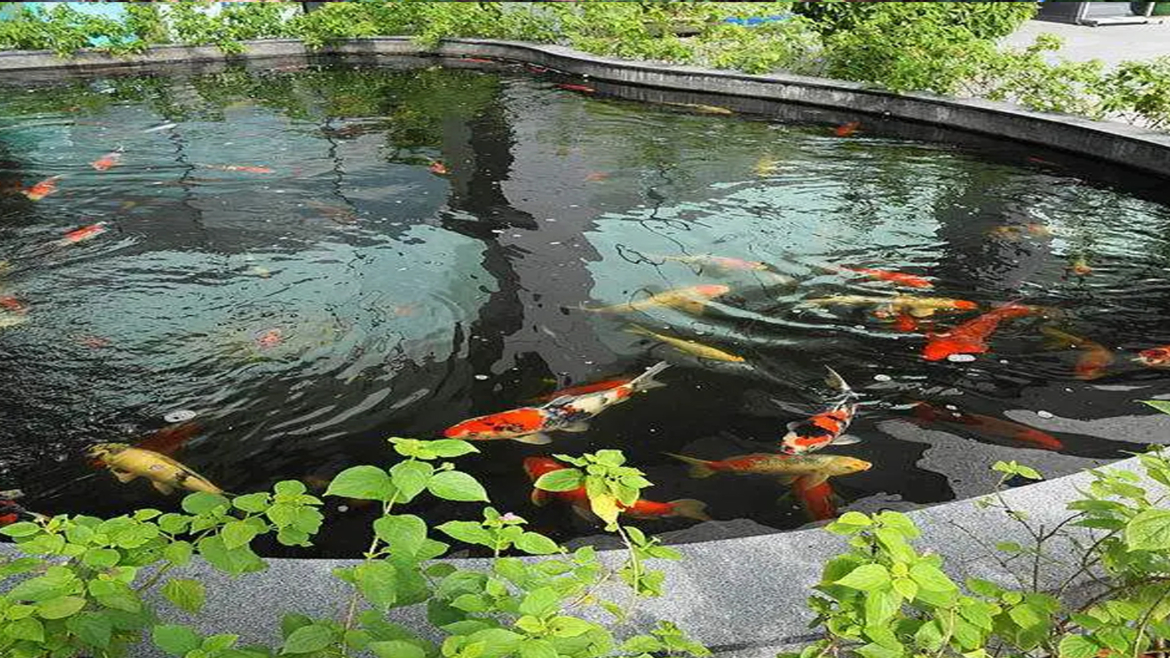(Podcast Episode)
Solving Common Koi Pond Problems Expert Advice and Solutions
Koi ponds are an enchanting addition to any garden, offering a tranquil space where you can enjoy the allure of nature and the vibrant colors of koi fish.
These ponds create a serene environment, transforming a simple backyard into a picturesque sanctuary.
Watching koi glide gracefully through the water can be a soothing and mesmerizing experience, bringing peace and relaxation to your daily life.
However, behind this tranquil scene lies a complex and dynamic ecosystem that requires careful planning, consistent maintenance, and a keen eye for detail.
Pond maintenance can present various challenges impacting your fish’s health and aesthetics.
Common issues range from managing algae growth and maintaining water quality to ensuring the proper construction and design of the pond. These elements are critical in ensuring that your koi’s surroundings will thrive.
Koi ponds algae control is often a primary concern for pond owners, as excessive algae can detract from the pond’s appearance and create an unhealthy environment for koi.
Similarly, maintaining optimal water quality is essential for the well-being of your fish, as poor water conditions can lead to stress and disease.
Proper koi ponds construction and design are foundational to preventing many of these issues from arising in the first place.
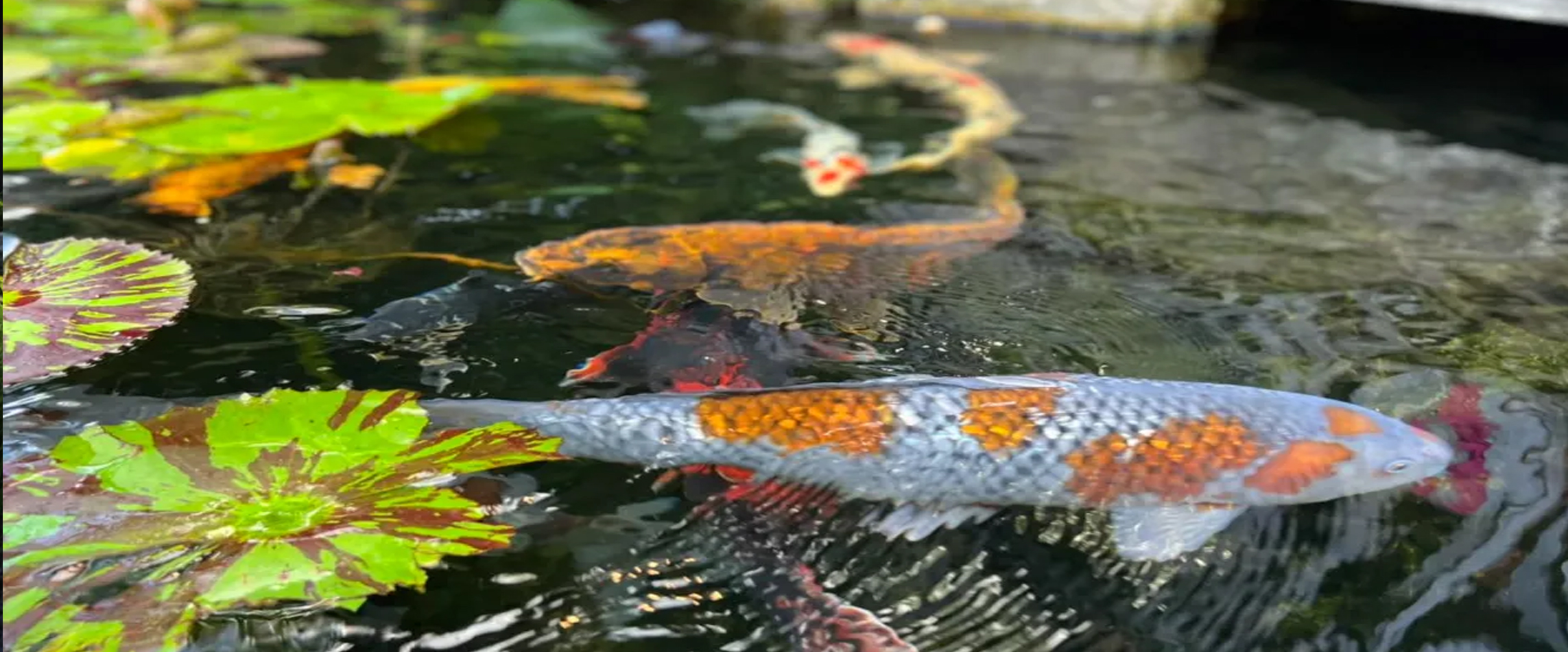
Understanding Koi Pond Problems
Koi ponds are visually stunning and create a tranquil environment, blending nature’s beauty with the calming presence of water and koi fish.
However, ensuring a ponds remains healthy and aesthetically pleasing requires understanding and addressing various joint problems.
Successful ponds maintenance involves proper construction, ongoing care, and responsive problem-solving.
Koi Pond Construction and Design
Pond Construction is the foundation of a healthy pond ecosystem. Start with a solid plan that includes the pond’s size, depth, and placement. Ensure you use durable koi pond liners to prevent leaks.
A well-thought-out pond design includes plant shelves, a smooth flow for water circulation, and hiding spots for fish.
The koi ponds should be at least three feet deep to protect koi from predators and provide a stable environment during seasonal temperature changes.
When designing your pond, consider the location. Avoid placing your pond under trees to minimize debris, and consider a spot that gets partial sunlight to prevent excessive algae growth.
Additionally, incorporating koi ponds waterfalls enhances the visual appeal and helps with aeration and water circulation.
Koi Pond Maintenance and Supplies
Regular koi pond maintenance is crucial to keeping your pond in top shape. This includes periodic pond cleaning, inspecting and replacing filters, and checking pond pumps.
A stock of essential pond supplies like nets, water treatments, and test kits will make maintenance more accessible and efficient.
Investing in high-quality equipment will pay off in the long run by reducing the frequency of repairs and replacements.
Water Quality and Algae Control
Maintaining high pond water quality is paramount for the health of your koi. Use quality pond filters to remove debris and biological waste.
Regular water testing for pH, ammonia, and nitrate levels helps prevent harmful conditions.
Ideal pH levels for koi ponds range between 7.0 and 8.0. Pond algae control is another vital aspect.
Algae can bloom due to excess nutrients and sunlight.
Adding pond plants such as water lilies, water hyacinths, and marginal plants can help absorb these nutrients and shade the water.
At the same time, UV clarifiers and algaecides can also be effective.
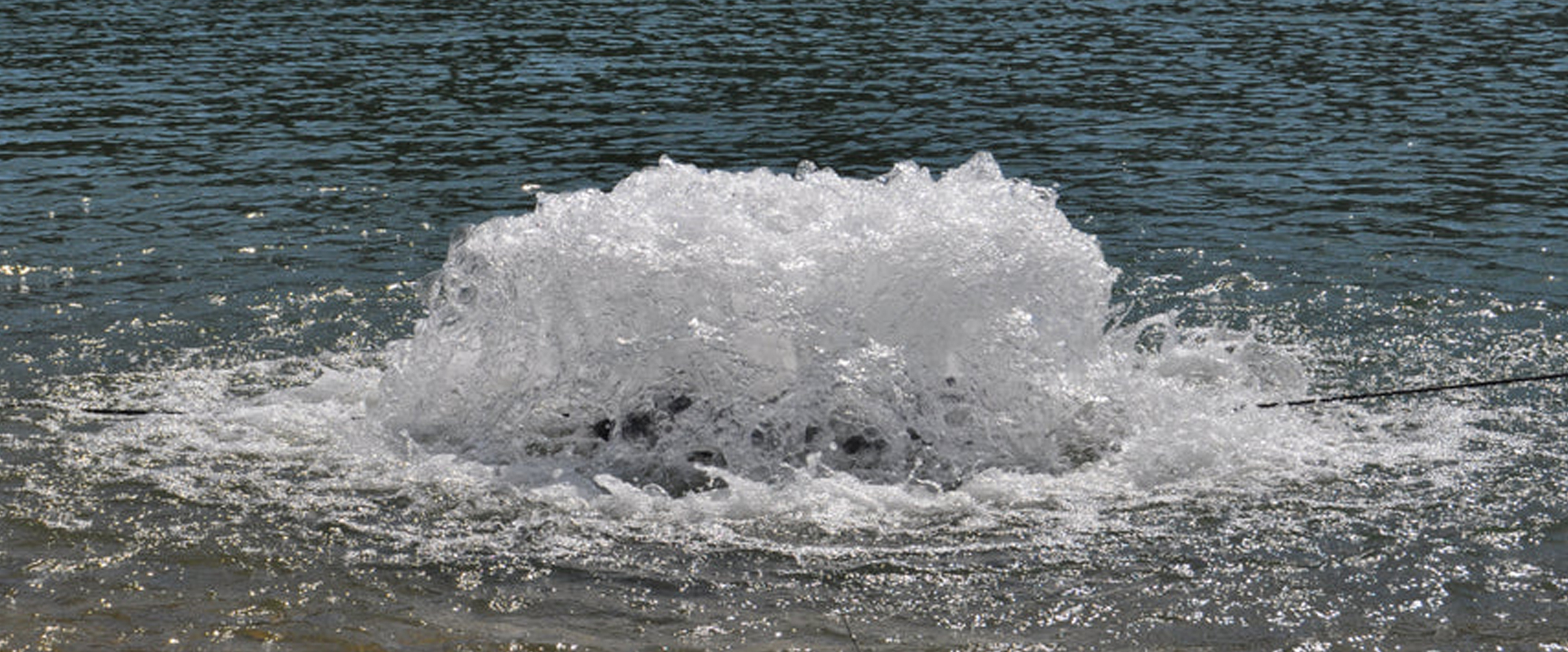
Aeration and Water Circulation
Proper pond aeration ensures that the water is oxygenated, which is essential for koi health and the pond ecosystem.
Pond pumps and waterfalls can enhance water movement, preventing stagnation and promoting a healthier environment.
Insufficient oxygen levels can lead to fish stress and even death.
Aeration also supports beneficial bacteria that help break down waste products, keeping the water clear and healthy.
Koi Fish Care and Health
Koi fish care involves more than just feeding. Monitor your koi for signs of stress or disease, such as unusual swimming patterns or spots on their scales.
Maintaining water quality and a balanced diet can prevent many health issues.
Understanding koi health and disease is critical to addressing problems early and effectively.
Regularly inspect your koi for common issues such as parasites, bacterial infections, and fungal diseases.
Quarantining new fish before adding them to your pond can prevent the introduction of diseases.
Seasonal Considerations Winterizing Koi Ponds
When winter approaches, winterizing koi ponds becomes necessary to protect your koi.
This involves reducing feeding as temperatures drop, adding pond heaters or de-icers to prevent freezing, and ensuring proper aeration throughout the winter months.
Koi become less active and require less food during colder months, so adjust feeding accordingly.
Covering your pond with a net can also prevent debris from falling in during autumn, reducing the need for cleaning.
Enhancing Your Pond Accessories, Lighting, and Ecosystem
Adding pond accessories such as decorative rocks, sculptures, or a pond waterfall can enhance the aesthetic appeal of your pond.
Thoughtful pond lighting highlights your pond’s beauty at night and can aid in algae control.
LED light options are preferable due to their energy-saving and long life spans.
Consider underwater lighting to create a magical nighttime display that allows you to enjoy your pond after the sun sets.
Creating a balanced pond ecosystem means integrating plants, fish, and bacteria to maintain a natural and healthy environment.
DIY koi pond enthusiasts can achieve this by carefully selecting the right plants and biological additives to keep the ecosystem thriving.
Beneficial bacteria can be added to help break down organic matter and maintain water clarity.
A balanced ecosystem reduces the need for chemical interventions and supports the overall health of your pond.
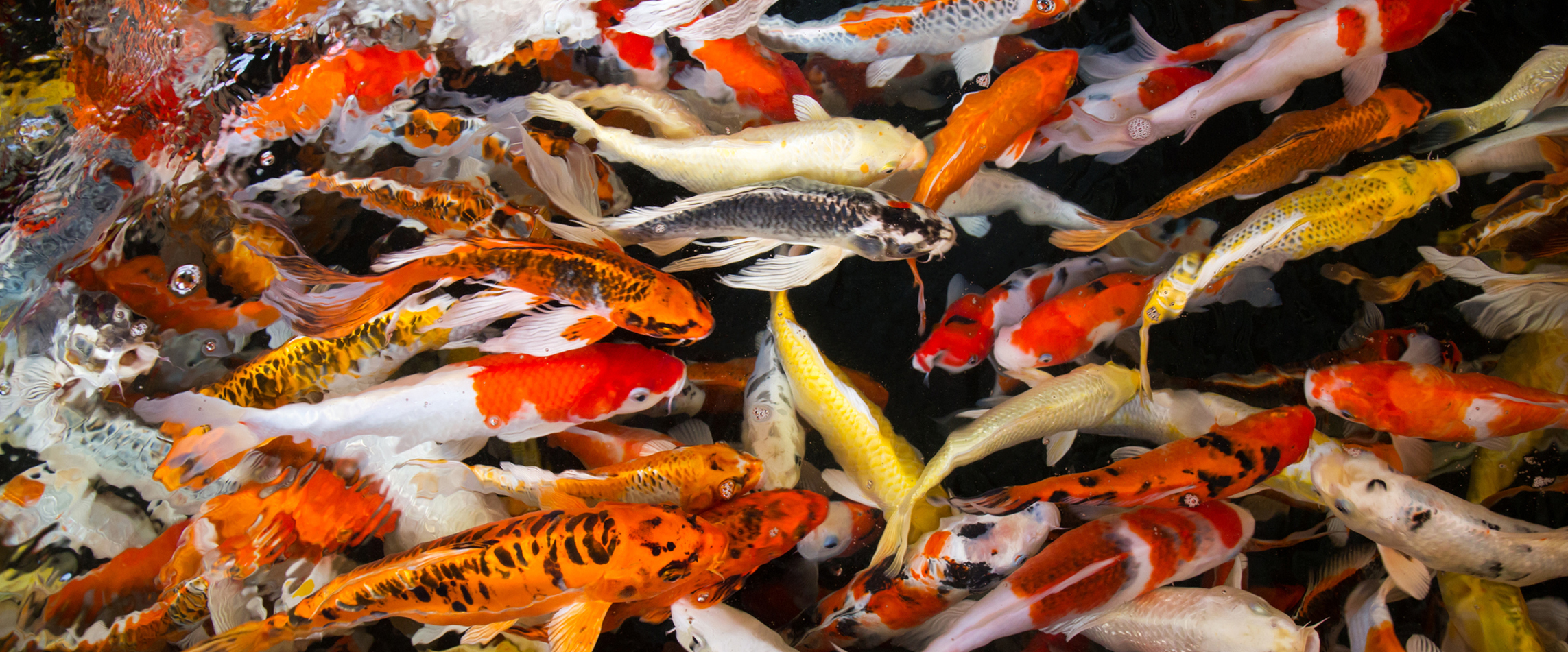
Enhancing Koi Fish Health Through Proper Nutrition
One often overlooked aspect of koi fish care is providing a balanced diet.
Koi are omnivorous and benefit from a diet that includes proteins, carbohydrates, fats, vitamins, and minerals.
High-quality koi food formulated with these nutrients can enhance their color and growth while boosting their immune system.
During warmer months, koi are more active and require a protein-rich diet, while in cooler months, they can switch to a wheat-germ-based food that is easier to digest.
Dealing with Predators in Your Koi Pond
Predators such as birds, raccoons, and cats can significantly threaten your koi.
To protect your fish, consider installing koi pond accessories such as netting or creating deeper areas where koi can hide.
Motion-activated sprinklers or decoy predators can also deter wildlife. Incorporating plant cover with koi pond plants like water lilies provides additional hiding spaces for your koi.
Managing Pond Plants for a Balanced Ecosystem
Pond plants play a crucial role in maintaining a balanced ecosystem.
They provide shelter and oxygen and help in nutrient absorption, reducing algae growth.
However, managing plant growth is essential to prevent them from overtaking the pond.
Regularly trim and thin out plants to ensure they don’t cover more than 60% of the pond’s surface.
Water lettuce and water hyacinths are unique floating plants that are excellent choices for nutrient absorption and shade.
Advanced Filtration Techniques
Upgrading your pond filters can improve water quality and reduce maintenance efforts.
Consider a multi-stage filtration system that includes mechanical, biological, and chemical filtration.
There are three filters: mechanical filters for trapping physical materials such as algae, biological filters for harboring certain bacteria that affect the change of ammonia and nitrites, and chemical filters for eradicating items such as chlorine and heavy metals.
Adding a protein skimmer can also help remove organic waste from the water’s surface, enhancing water quality.
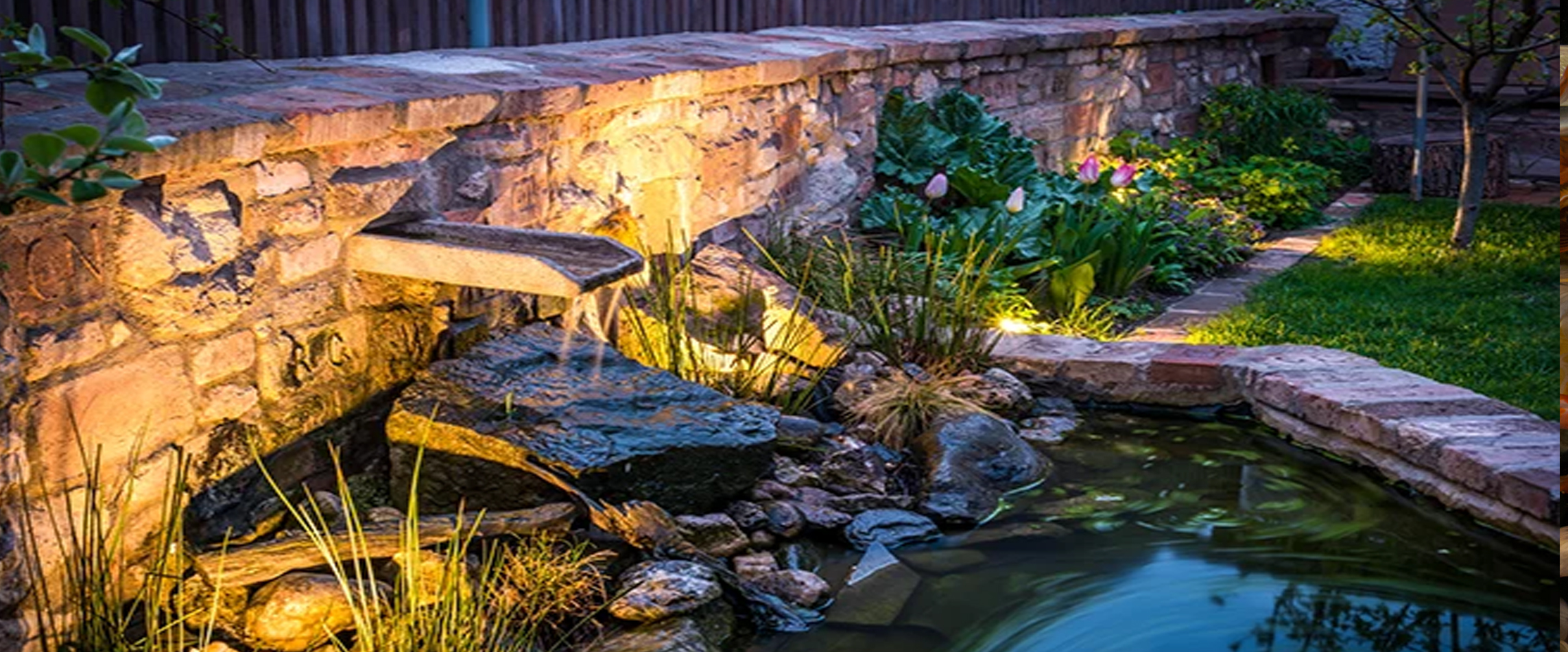
Customizing Koi Pond Lighting for Aesthetic and Health Benefits
Koi pond lighting is not just for aesthetics; it can also benefit the health of your pond. Subdued lighting can reduce stress in koi, as they are less exposed to sudden changes in light.
Additionally, strategically placed lights can prevent algae growth by limiting the amount of light reaching certain pond areas.
Choose energy-efficient LED lights with customizable color options to create a visually stunning nighttime display while supporting the well-being of your fish.
Expanding Your Koi Pond Considerations and Benefits
As your koi grow, you might need to expand your pond. DIY pond expansion projects can be fulfilling and provide more space for your koi to thrive.
When developing, ensure that the new section integrates seamlessly with the existing pond regarding water flow, filtration, and aeration.
An expanded pond can support a larger koi population and provide more room for plants and other features, enhancing the overall beauty and health of your pond ecosystem.
Wrapping it Up
Owning a koi pond can be incredibly rewarding but requires knowledge and commitment to overcome common challenges.
By focusing on proper koi pond construction, maintaining excellent water quality, and ensuring the health of your koi, you can enjoy a beautiful and serene pond for years to come.
Regular maintenance, thoughtful design, and a proactive approach to potential problems will help you create and sustain a thriving koi pond ecosystem.
Whether you’re a seasoned pond keeper or a beginner, these expert tips will guide you in solving common koi pond problems and enhancing your pond’s beauty and functionality.
